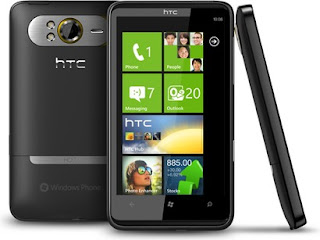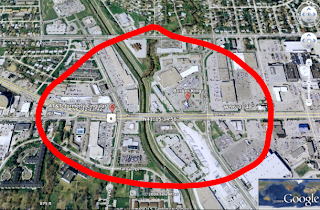The screen defines your smartphone. This is why its size and the quality of image it reproduces determines, to a large extent, your overall experience of using a smartphone.
No wonder mobile phone makers are investing a fortune in screen technologies. But what makes one screen better than the other? ET explains the mainstream technologies behind smartphone displays.
#1...LCD
LCD, or Liquid Crystal Display, is the most common flat panel display. It uses a combination of layers of liquid crystals and a backlight to produce an image. The properties of the liquid crystals to block or allow light change as current is applied
#2...TFT
TFT or Thin Film Transistor is used to improve readability of LCD panels. Transistors are embedded within the panel itself, reducing crosstalk between pixels and improving image stability. Used mainly in entry-level handsets with colour screens.
#3...IPS LCD
IPS, or In Plane Switching, is a further evolution of the LCD, invented by Hitachi and LG to improve on colours and viewing angles of TFT displays
#4...Retina
Introduced by Apple, this type of LCD uses pixels smaller than the human retina can perceive. Retina displays are found in fourth-generation iPod Touch and iPhone 4/4S.
#5...OLED
OLED or Organic Light Emitting Diodes, produce their own light rather than relying on a backlight. It offers a brighter, more vivid picture with a higher contrast ratio on lower power consumption.
#6...AMOLED
AMOLED, or Active Matrix OLEDs, allow for a larger size screen with a higher number of pixels.
#7...SuperAMOLED
SuperAMOLED Plus & AMOLED Advanced are improvements that increase brightness, reduce reflectance or lower power consumption.
#8...S-LCD
Super, or S-LCD, is a corporation founded by Samsung and Sony. S-LCDs use technology that brings quality and contrast levels to near-Amoled standards, but at a lower price.
















